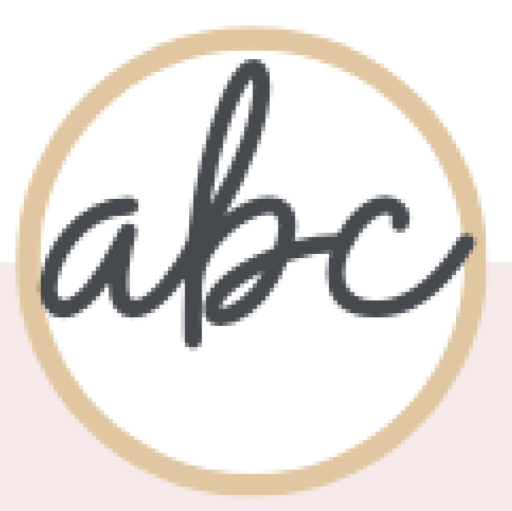Why is it critical that we create a culture in our schools where educators are open about errors and open to change and unlearning? And why is this critical if we are to universally design instruction?
Change is inevitable – so, let’s embrace it. Embracing change means choosing to have a growth/innovative mindset – which includes; being adaptable, flexible, and resilient. When people are provided with a clear understanding of the reason or need for change, they are more apt to accept it. Be aware of the language you choose, it can really help encourage vs discourage people from leaning in and rolling up their sleeves to make change happen. I prefer to use the phrase, “reflect to refine” because it acknowledges that we’re working on fine-tuning or tweaking the systems and practices that are already in place vs. “continuous improvement” which can feel draining – as though we’re not doing enough. When people are given opportunities to be a part of the change process, they are even more inclined to engage and embrace the change. Finding the appropriate pacing for implementing change is also important – you want to go slow enough to keep everyone on board and feeling supported, yet, people need to see some positive results to keep the momentum going.
Schools are learning playgrounds for both adults and children. When learning community members co-create an environment that is a safe place for people to explore, discover, try new things, and reflect on process and progress, lifelong learning and continuous improvement will become a natural part of the community culture. School leaders play a major role in setting the stage for healthy risk-taking, which includes modeling; being transparent when trying something new, providing clarity on the purpose, accepting feedback, owning mistakes, and celebrating successes.
As social beings, we learn best by engaging in a process of collective learning. In all effective organizations, collaboration is an essential expectation. Genuine and authentic collaboration is not merely sharing/swapping resources with your colleagues. In an effective community of practice, everyone brings their perspective, ideas, wonderings, questions, etc. to the table. We work together (co-labor) to build something new, something better, than where we started. To achieve this, it requires mutual respect, the value of collective competence, unconditional commitment, and established trust of all members. During this collective learning process, we share openly what we are doing or working on, we offer one another ideas and feedback to improve, think differently, offer another perspective, and provide support for one another. Ultimately, collective inquiry supports a balanced exchange of ideas and action research. Members of this community develop a shared practice – they put concepts into action and work interdependently because, we, collectively, realize that we are responsible for the successful outcomes of all students.
Once we put our plans into action, we can then “reflect to refine” and truly elevate teaching and learning for all. The graphics below describe how we apply the Design Process (the “D” in “UDL”), to innovate and improve systems, processes, and practices.
Elevate_AC_2_29_24 by Alison Celmer
